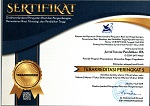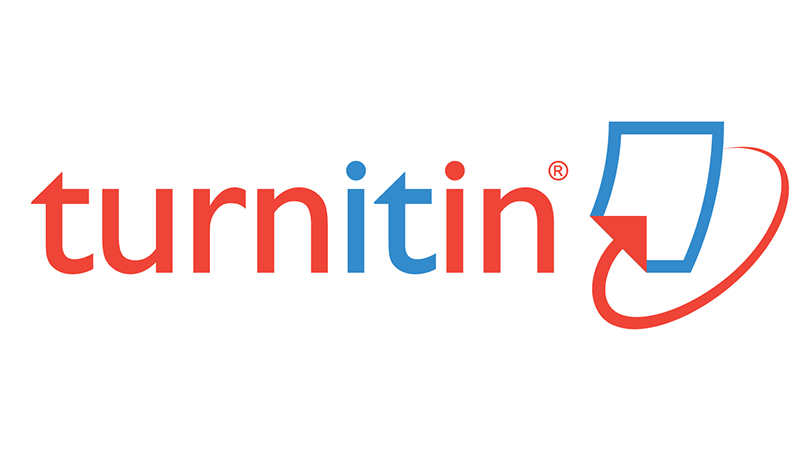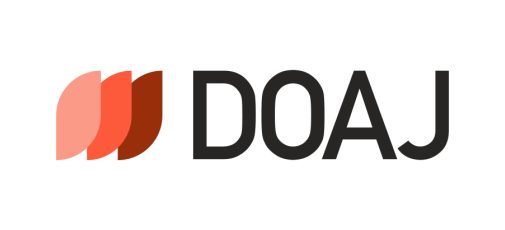PENGARUH BALIKAN (FEEDBACK)GURU DALAM PEMBELAJARAN TERHADAP MOTIVASI DAN HASIL BELAJAR PESERTA DIDIK (SUATU KAJIAN TEORITIS DAN EMPIRIK)
Abstract
Feedback in learning is defined as information that is communicated to students that aims to change the thinking or behavior to improve the learning process. Giving feedback by teachers in teaching is an important activity to improve their knowledge and acquisition capabilities, accomplishments, and motivate learners. The researchers recommend the characteristics of effective feedback in learning must be non-evaluative, supportive, timely, and specific. Feedback provided in the form of learning on the learner information in response to action learning activities that have been carried out. Feedback can be presented in various forms, for example in the form of verification of the accuracy of the answers, an explanation of the correct answer, instructions and examples as well as performed at any time during the learning process, such as it provides answers, or after a certain time lag. Effect of feedback in learning can be explained with reference to the learning theories, namely the theory of behaviorism, cognitivism, constructivism and learn some vital lessons theory of self-regulation.
Keywords
Full Text:
PDFReferences
Andrew C. Butler, Jeffrey D. Karpicke, Henry L. Roediger, III. 2008. Correcting a Metacognitive Error: Feedback Increases Retention of Low Confidence Correct Responses. Journal of Experimental Psychology, Vol. 34, No. 4.
Andrew C. Butler, Jeffrey D. Karpicke, and Henry L. Roediger III. 2007. The Effect of Type and Timing of Feedback on Learning From Multiple-Choice Tests. Journal of Experimental Psychology, Vol. 13, No. 4.
Azevedo, R., & Bernard, R. M. (1995). A meta-analysis of the effects of feedback in computer-based instruction. Journal of Educational Computing Research, 13(2).
Bangert-Drowns, R. L., Kulik, C. C., Kulik, J. A. & Morgan, M. T. (1991). The instructional effect of feedback in test-like events. Review of Educational Research, 61.
Birgit Harks, Katrin Rakoczy, John Hattie, Michael Besser And Eckhard Klieme. 2014. The effects of feedback on achievement, interest and self-evaluation: the role of feedback’s perceived usefulness. Educational Psychology, Vol. 34, No. 3.
Butler, R. (1987). Task-involving and ego-involving properties of evaluation: Effects of different feedback conditions on motivational perceptions, interest, and performance. Journal of Educational Psychology, 79(4), 47.
Carless, David. 2006. Differing perceptions in feedback process. Sudies in Higher Education Vol.13 No.2.
Cohen, V. B. (1985). A reexamination of feedback in computer-based instruction: Implications for instructional design. Educational Technology, 25(1).
Hattie, J and Timperley, H. 2007. The Power of Feedback. Review of Educational Research , Vol. 77, No. 1.
Hattie, J. and Mark Gan, 2011. Intruction Based on Feedback, in Hanbook Research on Learning and Instrauction. Chapter 13.
Jared A chase, Ramona Houmanfaas. 2009. The Differential Effects of Elaboratif Feedback and Basic Feedback on Student Performance in a Modified, Perzonalized System of Instruction Course. Journal Behaviour Education. Vol.18.
Kulhavy, R. W., & Stock, W. 1989. Feedback in written instruction: The place of response certitude. Educational Psychology Review, 1(4).
Kulhavy, R. W., & Wager, W. 1993. Feedback in programmed instruction: Historical context and implications for practice. In J. Dempsey & G. Ales (Eds.), Interactive instruction and feedback. Englewood Cliffs, NJ: Educational Technology Publications.
Kulik, J.A. & Kulik, C.C. 1988. Timing of feedback and verbal learning. Review of Educational Research, 58(1).
Kluger, A.N. & De Nisi, A. 1998. Feedback interventions: Toward the understanding of a double-edged sword. Current Directions in Psychological Science, 7.
Lepper, M.R. & Chabay, R.W .1985. Intrinsic motivation and instruction: Conflicting views on the role of motivational processes in computer-based education. Educational Psychologist, 20(4).
Lia voerman dkk. 2012.Types and frequencies of feedback interventions in classroom interaction in secondary education. Teaching and Teacher Education xxx, 1-9 journal homepage: www.elsevier.com/locate/tate.
Marieke Thurlings, dkk. 2013. Understanding feedback: A learning theory perspective.Journalhomepage:Computer&Education9,115.www.elsevier.com/locate/ EDUREV.
Marija Vojdanoska, Jacquelyn Cranney and Ben R,Newell. 2009. The Testing Effect: The Role of Feedback and Collaboration in a Tertiary Classroom Setting. Published online in Wiley Online Library (wileyonlinelibrary.com).
Mory, E. Holland . 2011. Feedback Research Rivisited. Handbook of Research for Educational Communication and Technologi, (AECT) T, Chapter 29.
Narciss, S., & Huth, K. 2004. How to design informative tutoring feedback for multimedia learning. In H. M. Niegemann, D. Leutner, & R. Brunken (Ed.), Instructional design for multimedia learning. Munster, NY: Waxmann.
Narciss, S. 2010. Feedback Strategies for Interactive Learning Tasks. Handbook of Research for Educational Communication and Technologi, (AECT) Tahun 2010, Chapter 11.
Paul C. Burnett. 2010. Praise and Feedback in Primary Classroom: Teachers’ and Student’ Perspektives.Australian Journal of Educational. Vol.10.
Sichinga, K.T., Mfuni, J.H.C, Nenty, H.J., & Chakalisa, P .2014. Factors Influencing quality of Feedback in Teaching in Botswana Senior Secondary Schools. International Journal of Research In Social Sciences, Vol. 4, No.1
Shute,Valerie.J. 2008. Focus on Formative Feedback, Review of Educational Research. Vol. 78, No. 1.
Susanne Narciss dkk. 2014. Exploring feedback and student characteristics relevant for personalizing feedback strategies. journal homepage: Computers & Education 71. www.elsevier.com/locate/compedu.
Susanne Narciss, 2010. Feedback Strategies for Interactive Learning Tasks. Handbook of Research for Educational Communication and Technologi, (AECT) Tahun 2010, Chapter 11.
Refbacks
- There are currently no refbacks.
Copyright (c) 2016 Jurnal Ilmiah Pendidikan Pancasila dan Kewarganegaraan

This work is licensed under a Creative Commons Attribution 4.0 International License.
View My Stats











